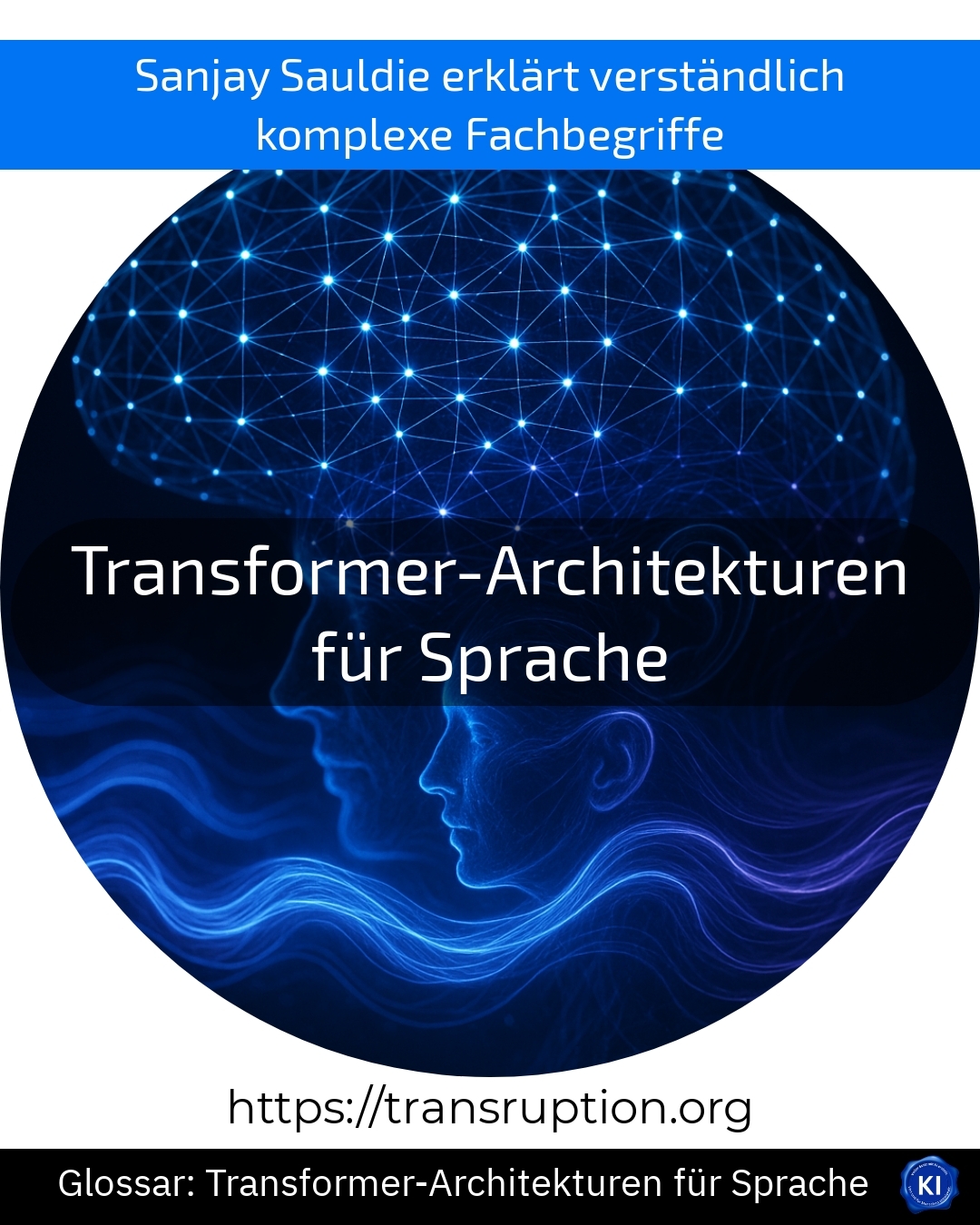The term "transformer architectures for language" originates from the fields of artificial intelligence, digital transformation, big data and smart data. Transformer architectures are special models that enable computers to better understand and process human language.
Imagine writing an email and having the text translated into another language by a translation programme at lightning speed and with great accuracy. The reason why this works so well today is due to transformer architectures. They not only analyse individual words, but also recognise the context of the entire sentence or text. This is how voice assistants such as Siri or Alexa, automatic chatbots in customer service or extremely powerful translators are created.
At their core, transformer architectures work by sending data (e.g. sentences) through many "layers". Each layer learns something new about the text, such as the context of words or the meaning of individual sentences. This makes them very efficient, even when writing or summarising long documents.
Transformer architectures for language are therefore the driving force behind many modern applications that make language usable in digital form - whether for translations, voice control or automatic text creation.















